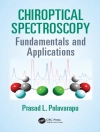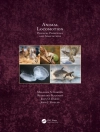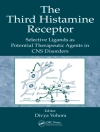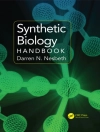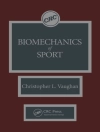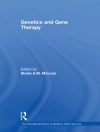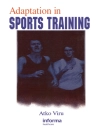This book summarizes the emerging experimental evidence on hair-cell mechanotransduction, and covers hair’s cellular structure, biophysical properties, molecular components and functions. Auditory hair cells convert sound-induced vibration into electrical signals. This biological process, mechanotransduction, is what allows us to hear and communicate in our daily lives. However, our grasp of hair-cell mechanotransduction is still far from complete. Recent advances in molecular genetics and biophysics have helped us gain deeper insights into this process, especially the molecular constituent and operation of the channel complex. This book provides a cutting-edge snapshot for all readers who are interested in or studying how auditory hair cells detect sound.
Innehållsförteckning
A Brief Introduction.- Cellular structure for hair-cell mechanotransduction.- Biophysical properties of mechanotransduction.- Molecular components of mechanotransduction machinery.- Mechanotransduction and Inner Ear Function.- Summary: Mechanotransduction and Beyond.
Om författaren
Dr. Wei Xiong is a principal investigator at the School of Life Sciences, Tsinghua University. Recruited as part of China’s youth thousand talents plan, his research primarily focuses on the biological basis of audition and pathological mechanisms of hearing impairment and deafness. He has published several research articles in top journals in the field, such as Cell, Neuron and PNAS.
Dr. Zhigang Xu is currently a professor at the School of Life Sciences, Shandong University. His research mainly focuses on the molecular basis of hearing and deafness. His work has been published in Neuron, PNAS, J. Neurosci., etc.


